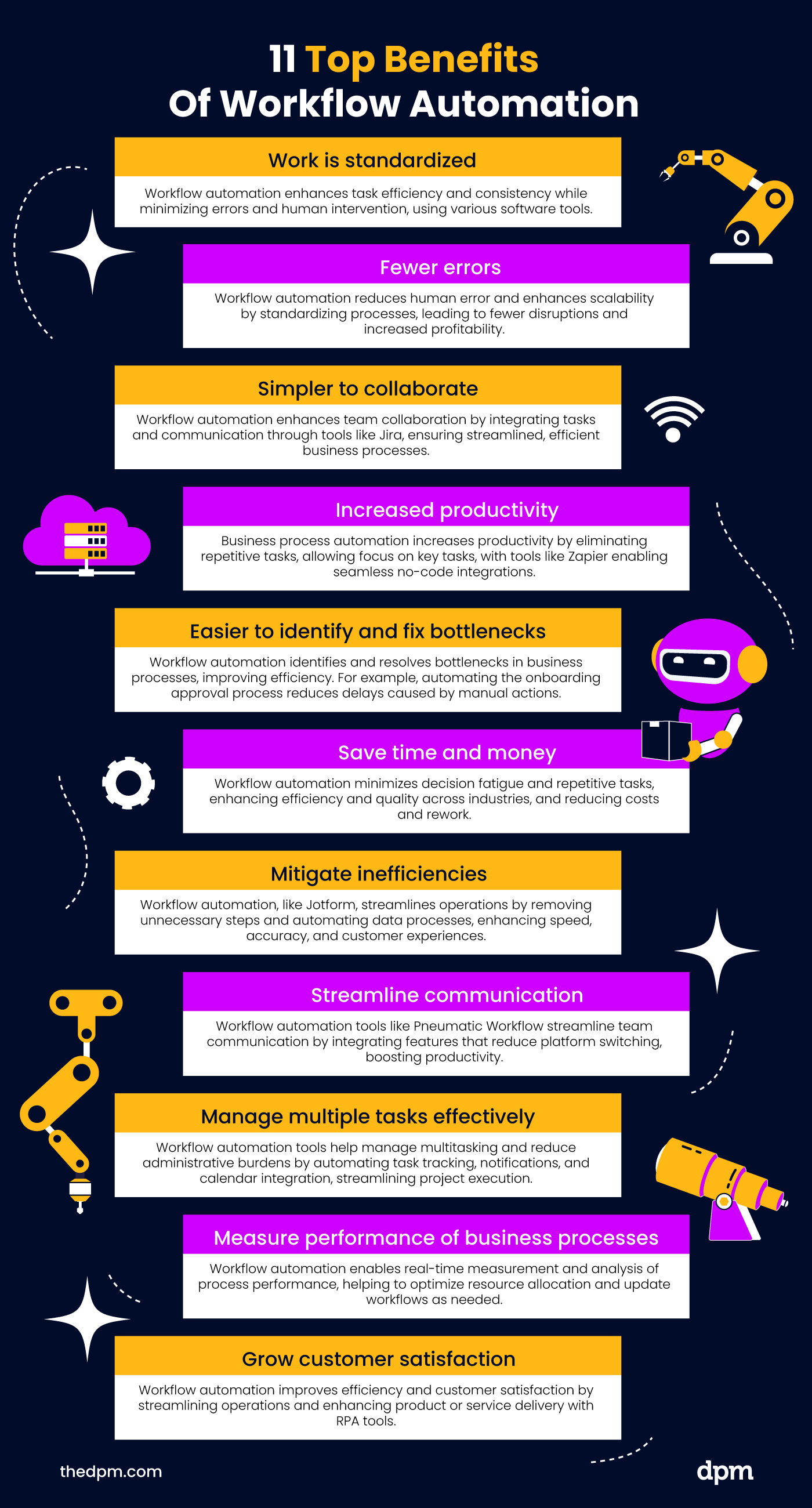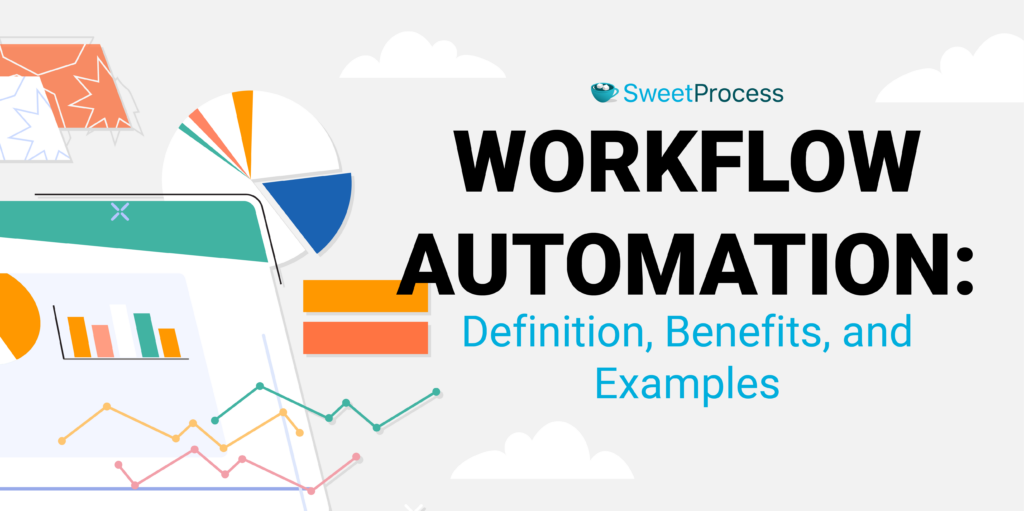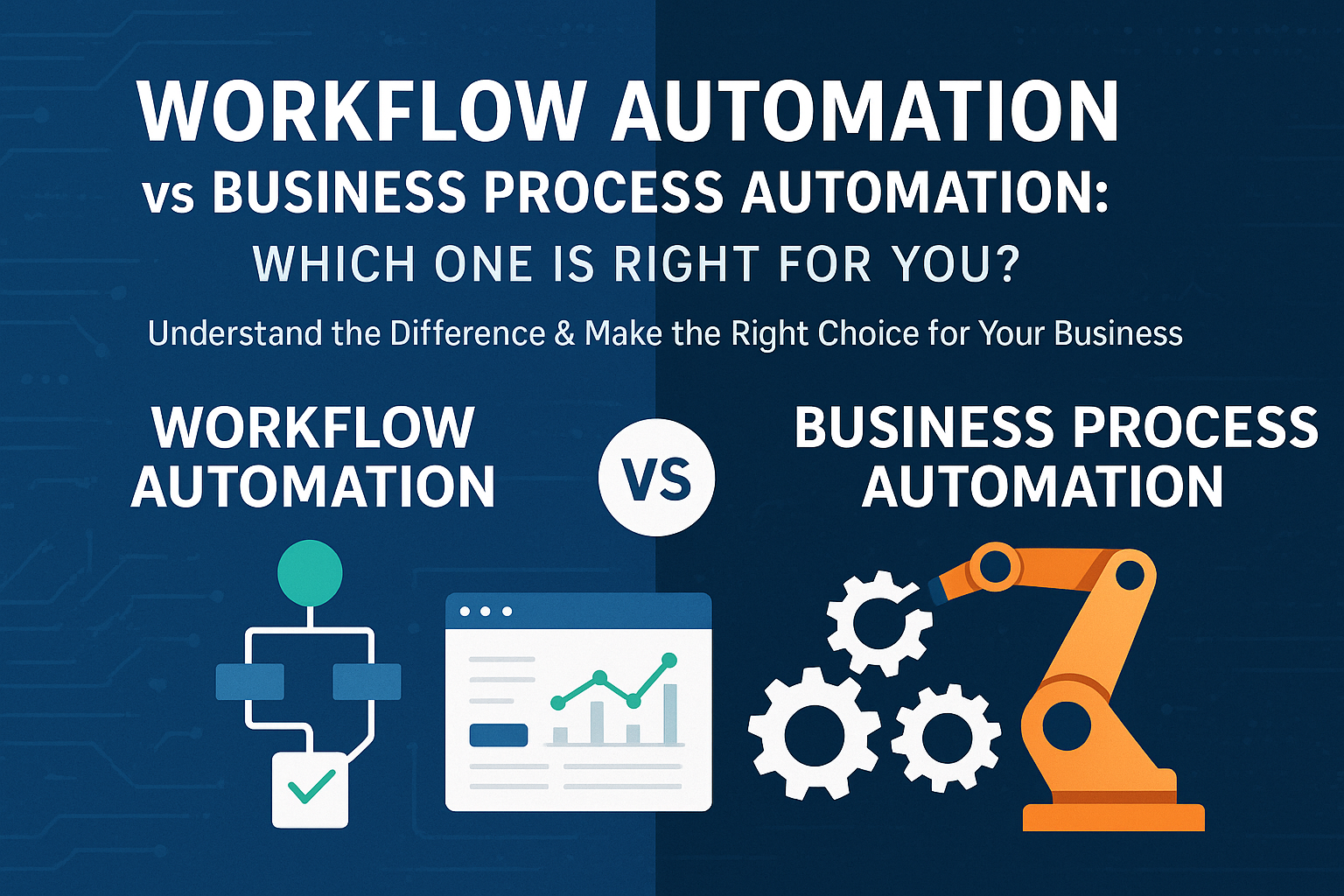Workflow Automations
No tools found in showcase directive
Debug Info
{
"name": "tool-showcase",
"toolPaths": [],
"nodeChildren": [
{
"type": "paragraph",
"children": [
{
"type": "link",
"url": "/toolkit/ai-toolkit/agentic-ai/agentic-workspaces/kestra",
"data": {
"hProperties": {
"data-internal-link": ""
}
},
"children": [
{
"type": "text",
"value": "Kestra"
}
]
},
{
"type": "text",
"value": "\n"
},
{
"type": "link",
"url": "/toolkit/ai-toolkit/agentic-ai/agentic-workspaces/n8n",
"data": {
"hProperties": {
"data-internal-link": ""
}
},
"children": [
{
"type": "text",
"value": "n8n"
}
]
},
{
"type": "text",
"value": "\n"
},
{
"type": "link",
"url": "/toolkit/enterprise-jobs-to-be-done/integration-platforms/make",
"data": {
"hProperties": {
"data-internal-link": ""
}
},
"children": [
{
"type": "text",
"value": "Make"
}
]
},
{
"type": "text",
"value": "\n"
},
{
"type": "link",
"url": "/toolkit/ai-toolkit/agentic-ai/bardeen",
"data": {
"hProperties": {
"data-internal-link": ""
}
},
"children": [
{
"type": "text",
"value": "Bardeen"
}
]
},
{
"type": "text",
"value": "\n"
},
{
"type": "link",
"url": "/toolkit/ai-toolkit/agentic-ai/gumloop",
"data": {
"hProperties": {
"data-internal-link": ""
}
},
"children": [
{
"type": "text",
"value": "Gumloop"
}
]
},
{
"type": "text",
"value": "\n"
},
{
"type": "link",
"url": "/toolkit/software-development/lego-kit-engineering-tools/backend-as-a-service/xano",
"data": {
"hProperties": {
"data-internal-link": ""
}
},
"children": [
{
"type": "text",
"value": "Xano"
}
]
},
{
"type": "text",
"value": "\n"
},
{
"type": "link",
"url": "/toolkit/ai-toolkit/agentic-ai/agentic-workspaces/dynamiq-ai",
"data": {
"hProperties": {
"data-internal-link": ""
}
},
"children": [
{
"type": "text",
"value": "Dynamiq AI"
}
]
}
],
"position": {
"start": {
"line": 4,
"column": 1,
"offset": 191
},
"end": {
"line": 10,
"column": 75,
"offset": 532
}
}
}
]
}Response from sonar-pro:

Understanding Workflow Automation
- Human Resources: Automating employee onboarding, leave approvals, and benefits management.
- Finance: Streamlining invoice approvals, expense reporting, and budget tracking.
- Customer Service: Routing tickets to agents based on skill, sending automatic status updates, and escalating unresolved requests. [7mk7oa]
Benefits and Applications

- Job satisfaction: By freeing employees from repetitive chores, automation enables them to engage in more meaningful, strategic activities, fostering higher morale and retention. [7mk7oa]

Current State and Trends

An Irony: High Performers Automate

Future Outlook
Essential Differences
| Feature | Workflow Automation | Business Process Automation (BPA) |
| Scope | Narrow, single workflows/tasks | Broad, entire processes/projects |
| Goal | Streamline and automate tasks | Optimize whole business processes |
| Complexity | Lower, less interdependent | Higher, interconnected tasks |
| Human Involvement | Often limited | Often cross-functional, more involved |
| Automation Level | Typically more automated | May include manual steps and workflows |
| Integration | Often operates in isolation | Integrates across systems and teams |
| Examples | Approving purchase requests | End-to-end procurement, onboarding |
 Diagram showing workflow automation as a subset within the larger circle of business process automation.
Diagram showing workflow automation as a subset within the larger circle of business process automation.Market Differences
- Business Process Automation Market: Solutions target complete business processes—spanning multiple departments, systems, and decision points. BPA tools often emphasize system integration, governance, compliance, and process mapping, with higher complexity. [i83pfh] [umvk8k] [a11tdr]
 Workflow Automation Example: Automatically assign and track approval for a single leave request.
Workflow Automation Example: Automatically assign and track approval for a single leave request.Why Are the Terms Used in Parallel?
- Organizations may start with workflow automation for speed and visibility, then expand to business process automation for end-to-end efficiency and transformation.
 Flowchart showing business process automation with embedded workflows (e.g., order-to-cash process containing several automated workflows for credit check, order entry, invoice, and payment).
Flowchart showing business process automation with embedded workflows (e.g., order-to-cash process containing several automated workflows for credit check, order entry, invoice, and payment).Summary of Key Points
Further Exploration
Citations
[1mj8ml] 2025, Jun 16. What is Workflow Automation? [+ Benefits & How to Start] - Atlassian. Published: 2025-01-01 | Updated: 2025-06-16
[7mk7oa] 2025, Aug 07. Workflow automation: Definition, benefits, + examples - Zendesk. Published: 2025-03-31 | Updated: 2025-08-07
[fo75rq] 2025, Jul 09. Workflow Automation: Definition, Benefits & How to Get Started. Published: 2025-06-23 | Updated: 2025-07-09
[n6725z] 2025, Aug 16. What is Workflow Automation? Definition and Examples - Camunda. Published: 2024-01-18 | Updated: 2025-08-16
[2bulxr] 2025, Jun 16. Workflow automation: definition, examples, and best practices. Published: 2024-10-15 | Updated: 2025-06-16
[r48qb3] 2019, Jun 11. Key Findings: The Gains from Work Automation. LinkedIn Post. John Budreau. [1]: 2025, Oct 21. Workflow vs Process: 5 Key Differences & 5 Similarities. Published: 2025-06-03 | Updated: 2025-10-21
[i83pfh] 2025, Oct 15. Business Process vs Workflow: Key Differences Explained - HEFLO. Published: 2025-04-25 | Updated: 2025-10-15
[umvk8k] 2025, Oct 21. Workflow vs Process Automation: Understanding Key Differences. Published: 2023-07-14 | Updated: 2025-10-21
[1u0q7v] 2025, Oct 21. A beginner's guide to workflow automation and business process .... Published: 2025-10-20 | Updated: 2025-10-21
[a11tdr] 2025, Oct 21. BPA vs. Workflow Automation: Key Differences Every Business Must .... Published: 2025-03-13 | Updated: 2025-10-21